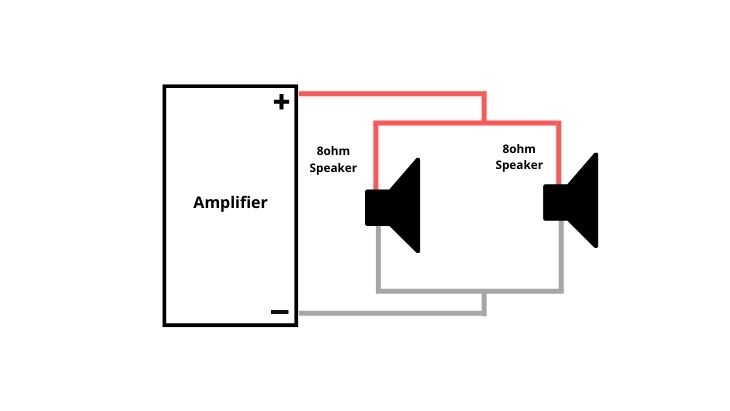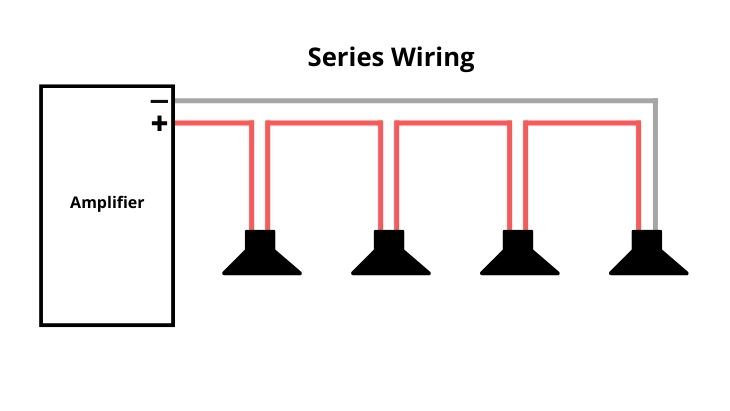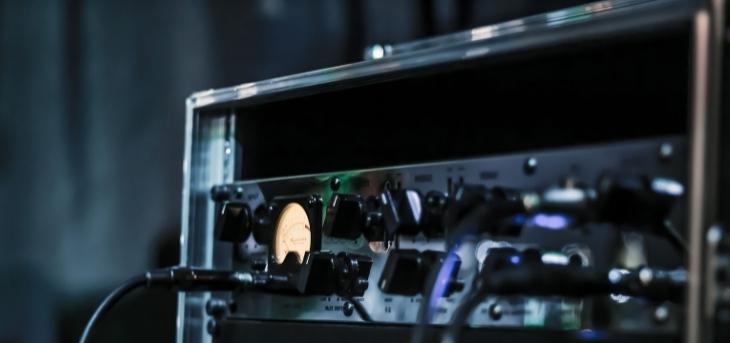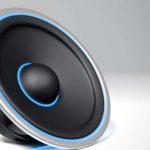A 2 channel amp is the most basic type of amplifier. Also, it is the most commonly used amplifier. It features two channels and is mostly used to drive rear car speakers or a pair of car subwoofers. Essentially, rear speakers are often larger than front speakers due to more space at the rear. Larger speakers often require more power. Thus, they require some amplification, and that is why 2 channel amps come in handy. In this article, we outline 2 channel amp wiring diagram, including the basics of 2-channel amps.
Advantages of a 2 Channel Amp
There are many reasons why 2 channel amps are preferred by many audiophiles. They offer numerous benefits including:
1. Compact size
One of the reasons why you should consider 2 channel amplifiers is their compact size. Since they only come with 2 channels, they feature fewer and smaller components. This makes them ideal for fitting in small-sized cars where available space in the cabin is minimal. You can easily conceal them during installation. Besides, they fit in most cars.
2. Simple to install
Two-channel amplifiers only come with 2 channels. Thus, you can easily hook speakers. You can hook 2 or 4 speakers with much ease, either in series or parallel depending on your needs. With 2 channels, you do not have to struggle to balance the channels, like in 5 channels sound systems. With a 2 channel amp, you simply hook the left and right channel speakers.
3. Affordable
Generally, 2 channel amps are more affordable than amps with more channels. They feature a simple design and a smaller circuit. Since there are smaller and fewer components involved in their design, you will often find them more affordable than amps with more channels.
Disadvantages of 2 Channel Amps
Although two-channel amplifiers offer numerous advantages, they also have a few shortcomings including:
1. Limited power
Since 2 channel amps come with just 2 channels, they are not powerful enough to drive multiple speakers like 5.1 or 7.1 channel setups. Also, it is challenging to use a 2 channel amp to drive speakers together with subwoofers due to the limited power.
2. Cannot be bridged
Another disadvantage of 2 channel amps is that you cannot bridge the two channels. Consequently, you cannot get a mono signal from the amplifier. You can only get a stereo signal. Thus, you cannot use the amp in applications that require bridging.
Wiring a 2 Channel Amp
You can wire a 2 channel amp in numerous ways. Here are the possible wiring options:
Option 1- Connecting two speakers to a 2 channel amp in parallel
If the two speakers have an impedance of 8 ohms, you will wire them in parallel to get a total load impedance of 8 ohms. The reason is that most amps handle a total impedance of at least 4 ohms. If your amp has an impedance rating of at least 6 or 8 ohms, consider wiring the speakers in series. Here is a 2 channel amp wiring diagram to connect two speakers in parallel:

Option 2- Connecting two speakers to a 2 channel amp in series
If you have two speakers and their impedance rating is under 8 ohms, or the amp needs a load impedance of more than 4 ohms, then consider wiring them in series. If you have two 4 ohm speakers, connecting them in parallel will give you a total load of 4 ohms, which won’t work with an amp that needs more than 4 ohms impedance.
In this case, wiring two 4-ohm speakers in series will give you a total load of 8 ohms. If you have two 6-ohm speakers, hooking them in series will give you a total load of 12 ohms. Generally, most 2-channel amps work well with an impedance load of between 6 to 16 ohms.
Here is a 2 channel amp wiring diagram to connect two speakers in series:

Option 3- Connecting 4 speakers to a 2 channel amp in series
If you have 4 speakers, you can connect them to a 2-channel amp in series. In this case, the same amount of current will pass through each speaker. However, this connection option is not recommended since each speaker will receive a little amount of voltage. Consequently, the speakers may overheat and burn out.
Here is a 2 channel amp wiring diagram to connect 4 speakers in series:

Option 4- Connecting 4 speakers to a 2 channel amp in parallel
With a parallel connection, there will be different paths through which current will flow. In this case, the current will be divided between the 4 speakers. It is like how each appliance in your home is connected to its power outlet, even though they use the same current source.
The main advantage of wiring 4 speakers in parallel is that you get great sound quality. However, a heavy load on the amp for a prolonged period may damage the amp. Thus, consider the impedance rating of the amp on whether it can handle a load of 4 ohms in parallel.
Here is a two-channel amp wiring diagram to connect two speakers in parallel:

Conclusion
A 2 channel amp is great for its simplicity. However, avoid overloading it. Avoid connecting a bigger load than what it can handle. Also, avoid pushing it too hard when trying to play loudly. Preferably, do not put the volume to the maximum. Additionally, ensure you get the wiring right with the help of the included 2-channel amp wiring diagrams. Failure to wire your 2-channel amplifier properly can damage your amp, speakers, or receiver.
Similar Article Read: 4 Channel Amp Wiring Diagram- Complete Guide
Michael Evanchuk is a San Francisco-based sound engineer with 20 years’ experience installing, troubleshooting, and repairing commercial, automotive, and household sound equipment. Evanchuk owns an auto stereo center, where he offers highly competitive car audio installation and repair services. He has written dozens of articles on different sound engineering topics, all of which have been published in leading journals, blogs, and websites.





